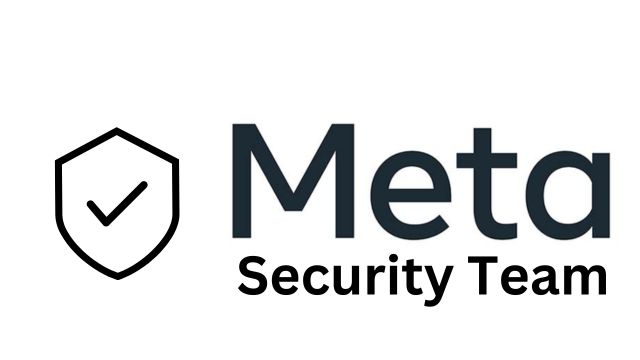Security stands as a pivotal element within any software development endeavor. However, its scope transcends beyond merely thwarting external threats and safeguarding data. Security also encompasses upholding the quality, dependability, and compliance standards demanded by customers and regulators alike.
A ‘meta-security team’ refers to a cadre of experts responsible for orchestrating and overseeing security efforts across various teams and projects within an organization. This team doesn’t supplant the existing security roles and duties within each group; rather, it offers guidance, support, and supervision to ensure consistent and effective adherence to security best practices.
The merits of having a meta-security team are manifold:
- Enhanced Security Stance: A meta-security team aids in pinpointing and prioritizing critical security risks and vulnerabilities within your software portfolio. They offer recommendations for mitigation and implement security testing, monitoring, and auditing tools and processes to ensure compliance with security standards and regulations.
- Reduced Security Costs: By optimizing security resources, streamlining processes, and leveraging existing tools, a meta-security team helps manage security budgets efficiently. Additionally, it minimizes the potential costs associated with security breaches, fines, and legal disputes by averting or mitigating security incidents.
- Cultivating a Security-Oriented Culture: A meta-security team fosters a culture of heightened security awareness and accountability across developers, testers, managers, and stakeholders. They provide training, coaching, and feedback to encourage teams to embrace a security mindset throughout the software development lifecycle. Moreover, they facilitate communication and collaboration with external parties like customers, partners, vendors, and regulators on security-related issues.
Establishing a meta-security team is an ongoing process, involving careful planning, execution, and assessment. Consider the following steps:
- Define Scope and Objectives: Determine the projects and teams your meta-security team will cover, set clear goals, and establish performance metrics.
- Select Team Members: Assemble a diverse group of experts with varied skills and backgrounds, aiming for a balanced composition.
- Specify Roles and Responsibilities: Define the tasks and duties your meta-security team will perform and clarify their authority and accountability.
- Implement Processes and Tools: Set up workflows, procedures, and the necessary tools and resources for your meta-security team’s efficient operation.
- Train and Empower: Ensure your meta-security team is well-equipped with the knowledge and skills needed for their roles and empower them to align their actions with the organization’s objectives.
Conclusion
A meta-security team is an invaluable asset for any organization seeking to fortify its software security. It can lead to improvements in quality, reliability, compliance, cost-effectiveness, and customer satisfaction. However, forming such a team is a comprehensive endeavor, requiring meticulous planning and execution. If you’re interested in creating a meta-security team or wish to delve deeper into this topic, please don’t hesitate to get in touch with us.

